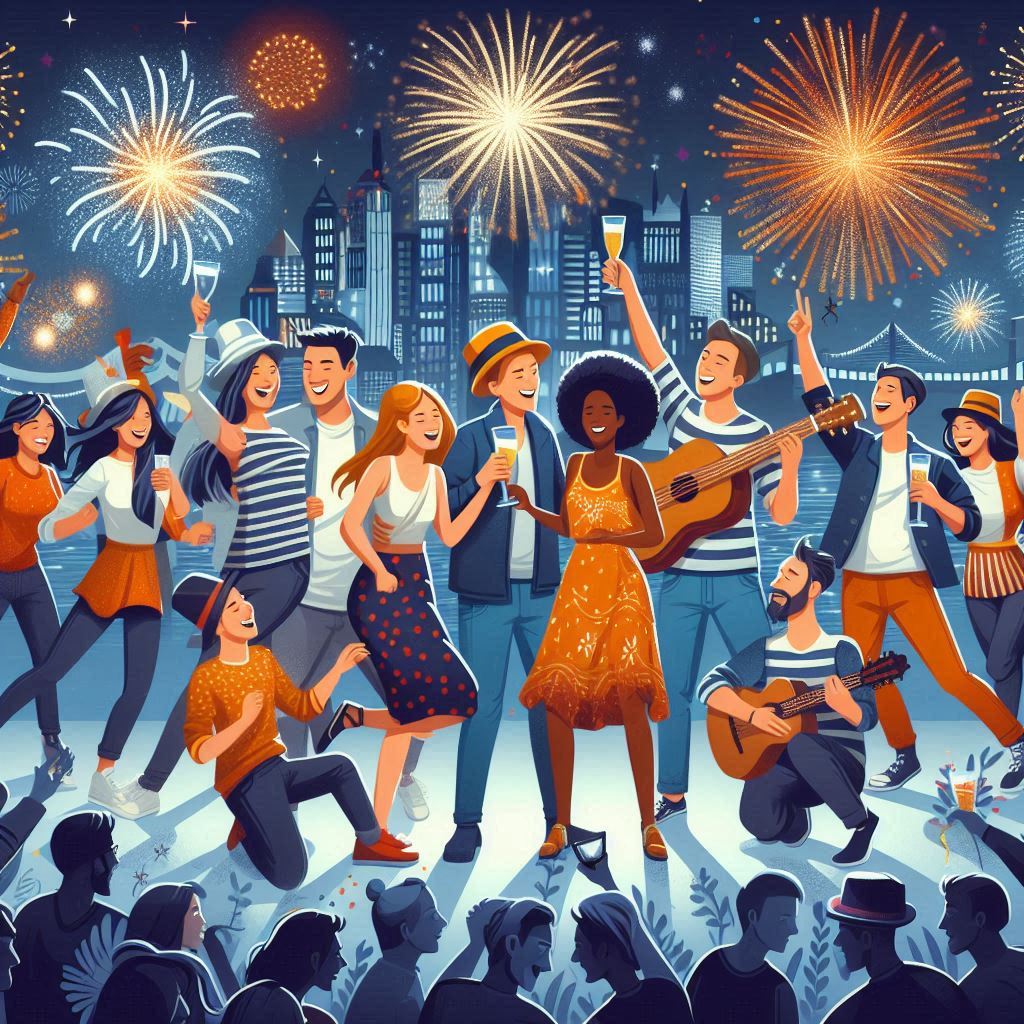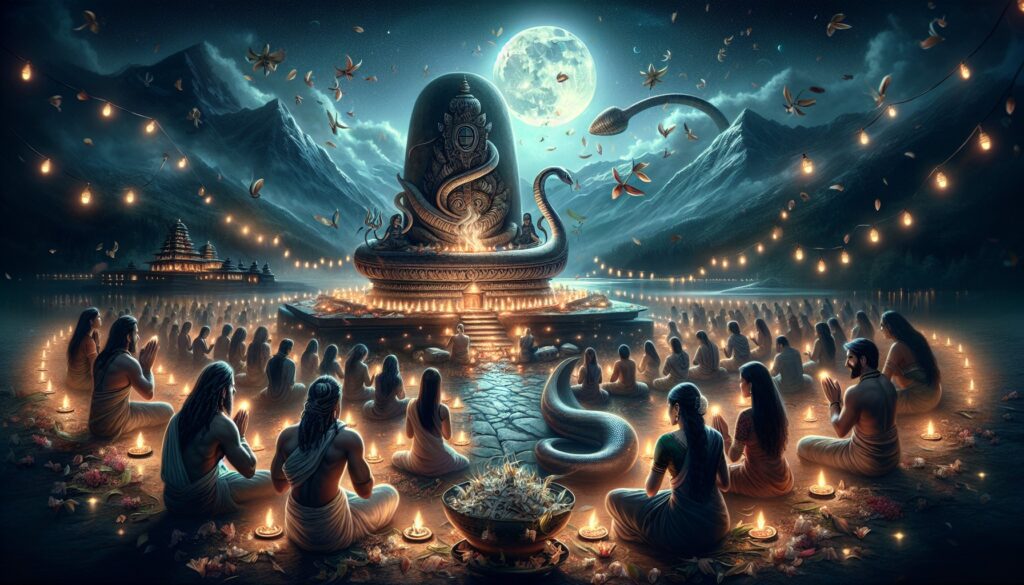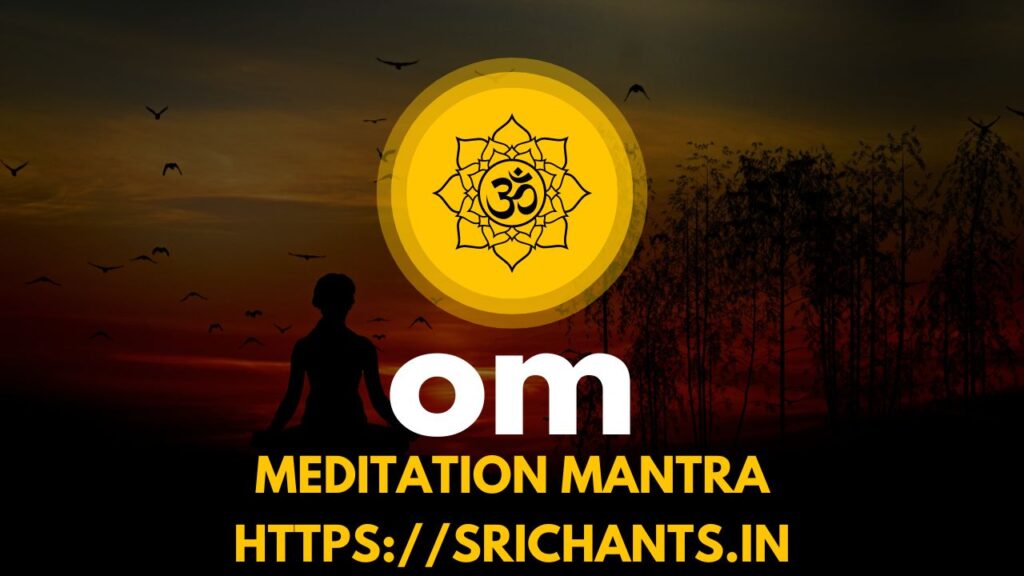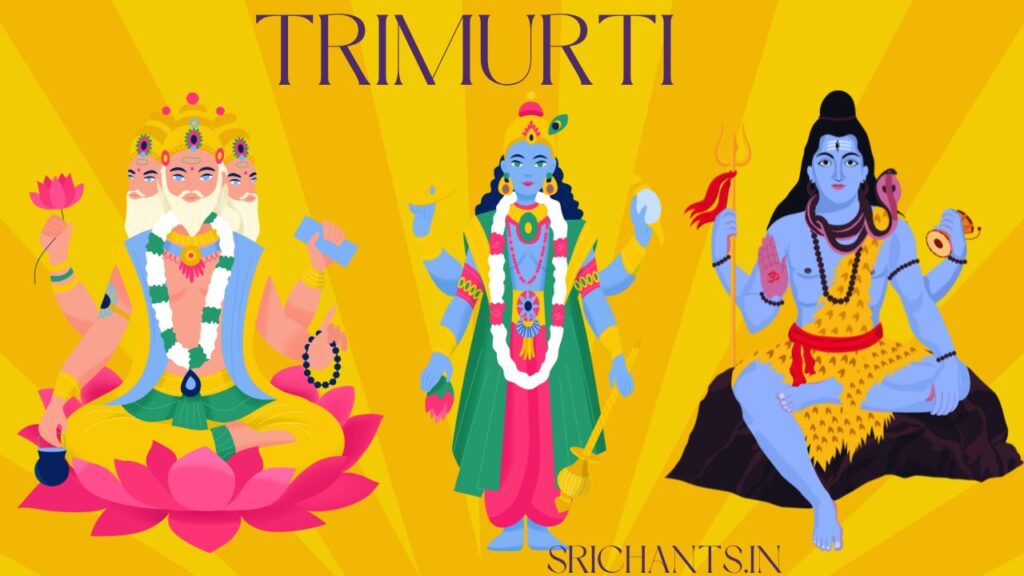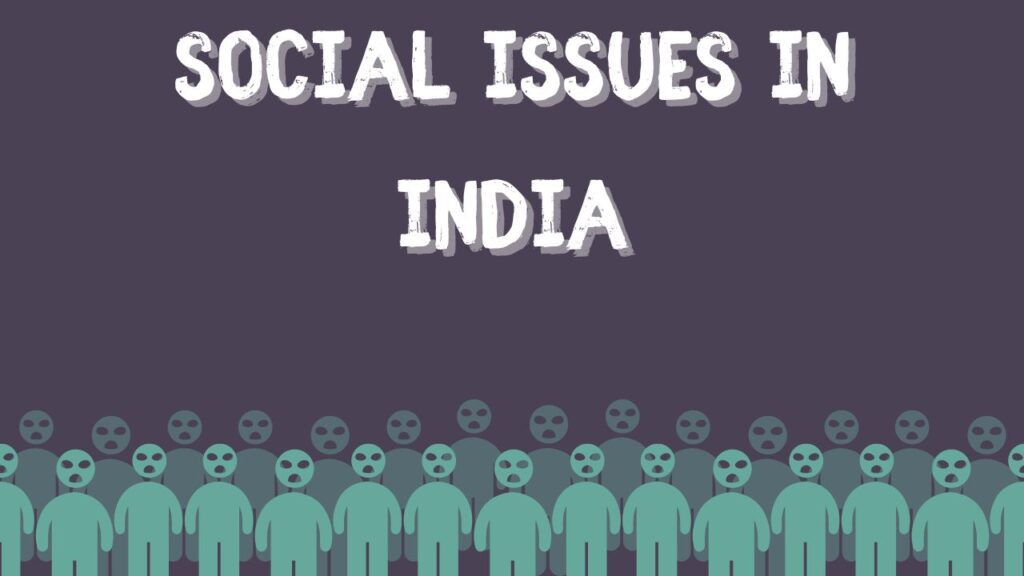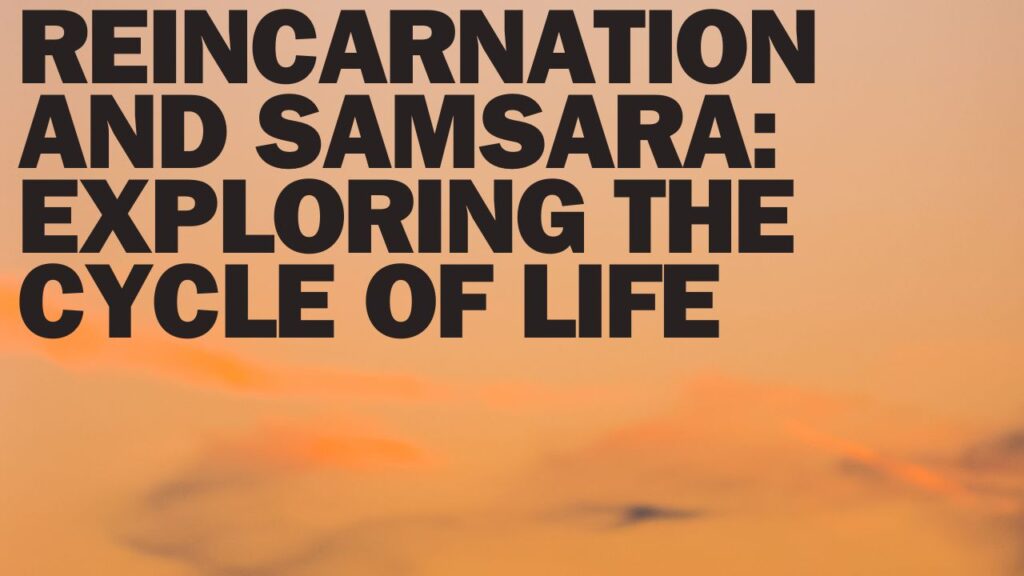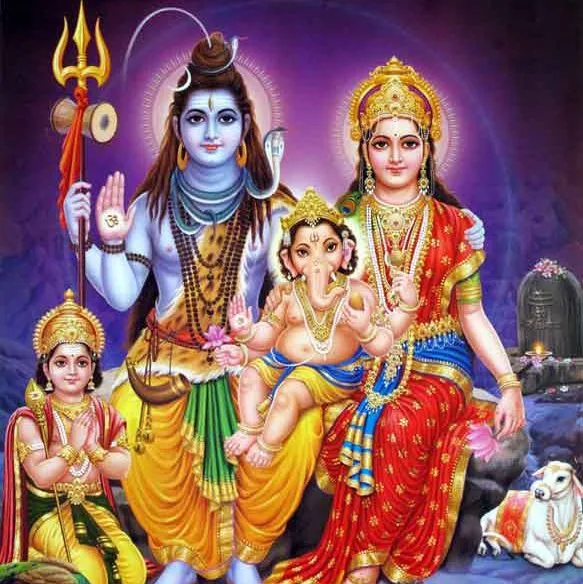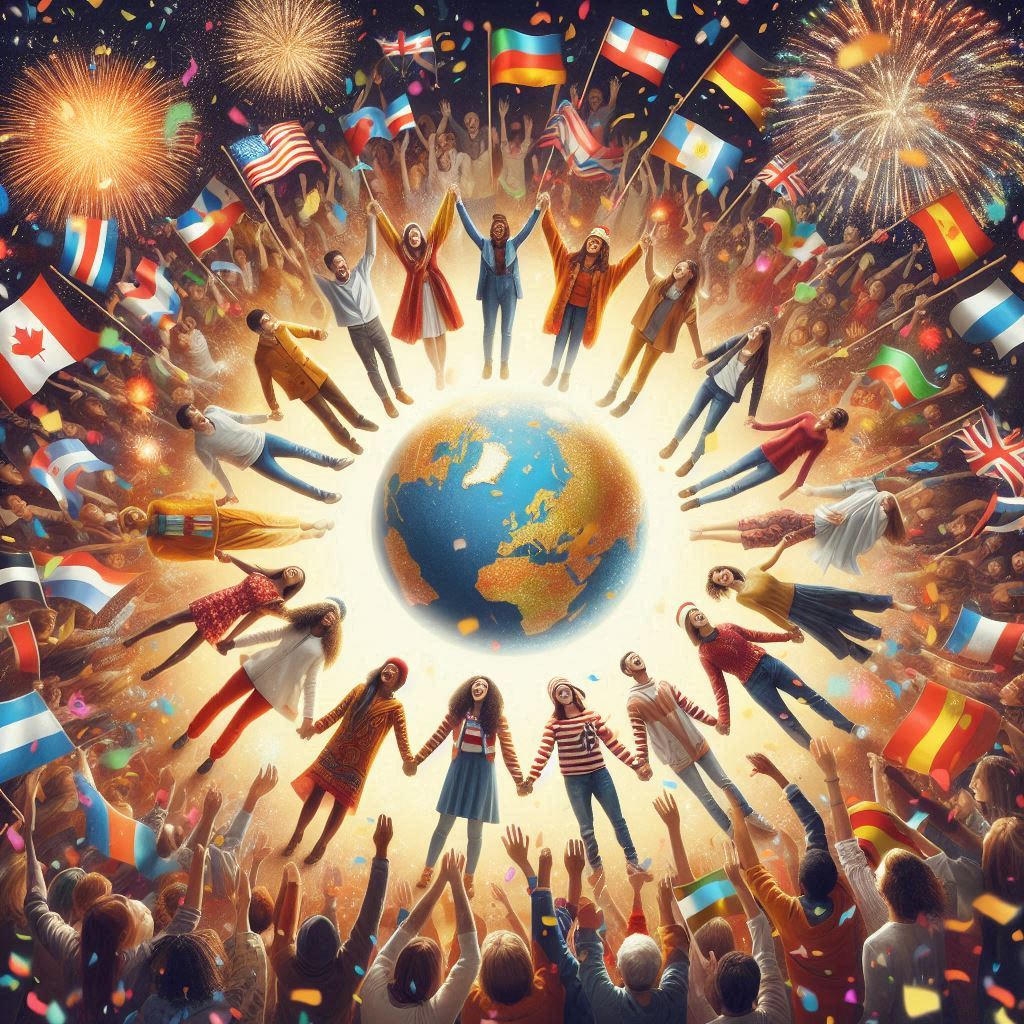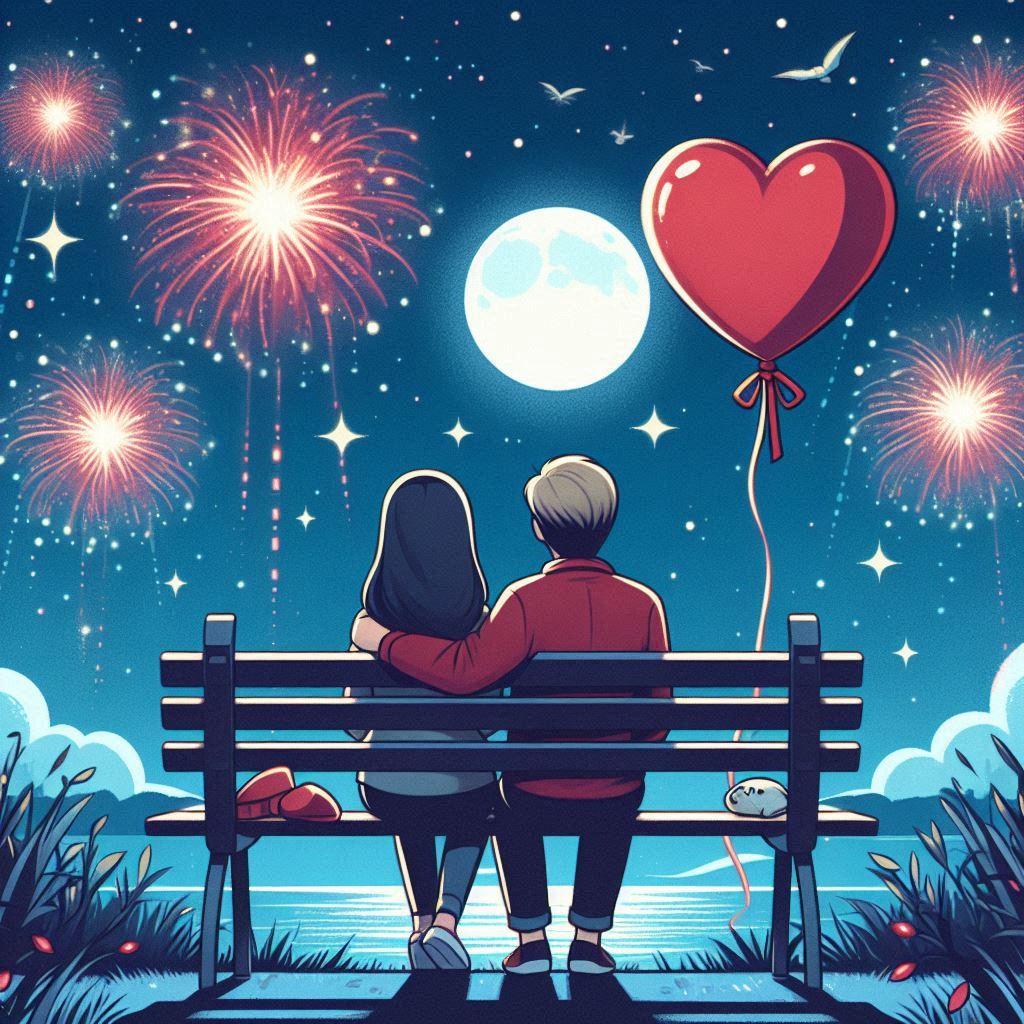new years eve events near me : Celebration of New Year
Introduction
New Year’s Day marks the end of the calendar year and prepares the world for one of the most often watched events. Celebrated with spectacular festivities and a new perspective, this event breaks beyond cultural boundaries and offers a unique opportunity for people to embrace the past and forward. From big public celebrations to little family get-togethers, the New Year is a time of hope, goals, and vivid rituals spanning many civilizations. The background, customs, and global variations of New Year celebrations will be discussed in this essay thereby stressing what distinguishes this event.
The Historical Roots of New Year Celebrations
The origins of New Year celebrations can be traced back thousands of years, with various cultures observing the transition to a new year in different ways.
Ancient Beginnings
- The earliest records of New Year festivities date back to ancient Mesopotamia around 2000 BCE. The Babylonians celebrated the arrival of spring with a festival called Akitu, which coincided with the new moon following the vernal equinox.
- Similarly, ancient Egyptians and Phoenicians marked the new year with the autumn equinox, while the Persians celebrated it at the vernal equinox. The Greeks began their year with the winter solstice, showcasing the diverse ways different cultures acknowledged the passage of time.
The Shift to January 1
- The Roman calendar originally began in March, but in 153 BCE, January 1 was officially designated as the start of the new year. This change was solidified in the Julian calendar introduced by Julius Caesar in 46 BCE.
- The Gregorian calendar, adopted in 1582, reaffirmed January 1 as New Year’s Day, a date that most European countries gradually embraced.
Cultural Variations in New Year Celebrations
While January 1 is recognized as New Year’s Day in many parts of the world, various cultures celebrate the new year on different dates based on their unique calendars and traditions.
Lunar New Year Celebrations
- In the Jewish tradition, Rosh Hashanah marks the new year, occurring in the fall between September 6 and October 5. This celebration is rich in religious significance and is often observed with special prayers and rituals.
- The Islamic calendar, which is lunar-based, begins its new year with Muharram. The date varies each year due to the differences between the lunar and solar calendars.
The Chinese New Year
- One of the most famous celebrations is the Chinese New Year, which falls between late January and mid-February. This vibrant festival lasts for several days, filled with parades, fireworks, and family reunions.
- Traditional customs include cleaning the house to sweep away bad luck, decorating with red lanterns, and enjoying symbolic foods that represent prosperity and good fortune.
Regional Celebrations
- In southern India, the new year is celebrated as Vishu in Kerala and Puthandu in Tamil Nadu on April 14. These celebrations involve family gatherings, special meals, and rituals to welcome prosperity for the year ahead.
- Tibetans observe Losar, a festival that welcomes the new year with festivities in February, while in Thailand, Songkran, celebrated in mid-April, marks the traditional new year with water fights and cultural events.
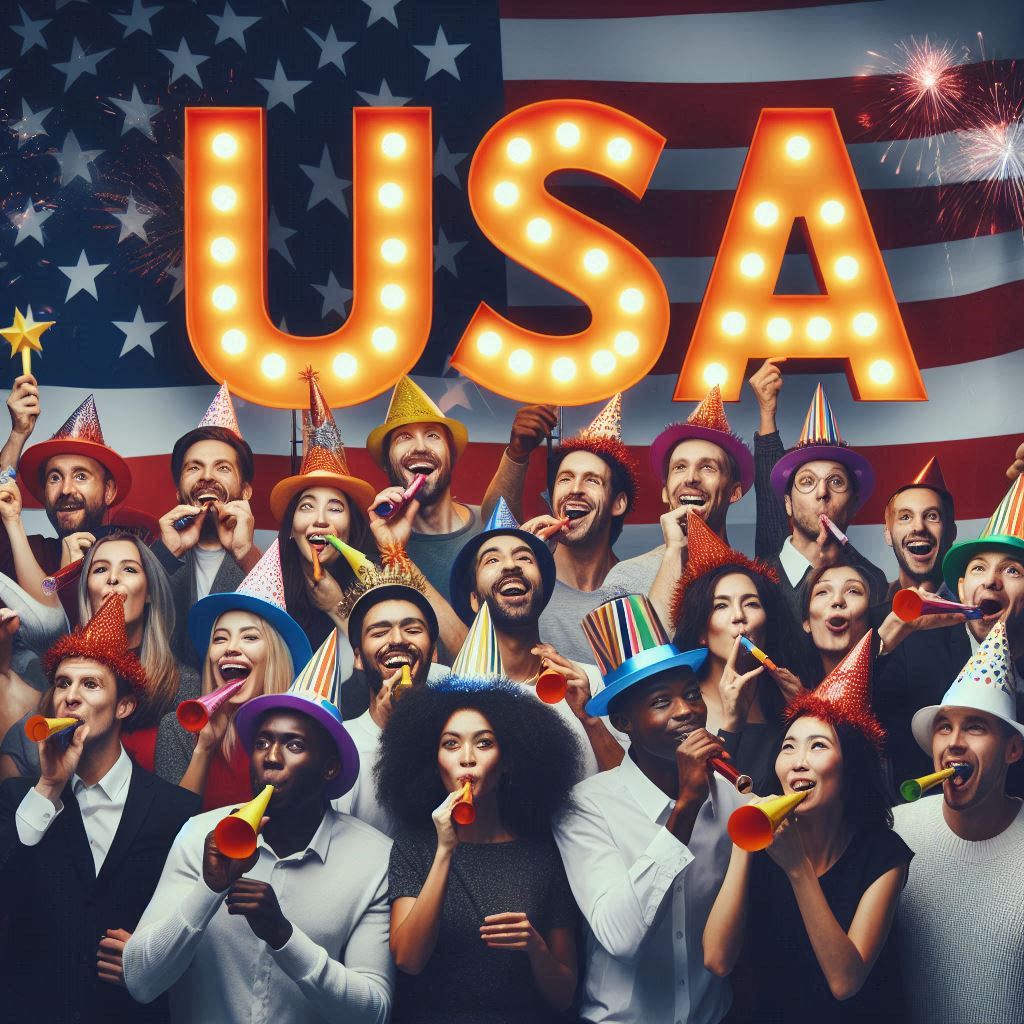
Customs and Traditions Associated with New Year
New Year celebrations are often accompanied by a variety of customs and rituals that reflect cultural values and beliefs.
Symbolic Foods
- Many cultures incorporate specific foods into their New Year celebrations, each carrying its own meaning. For example, in the American South, black-eyed peas are consumed for good luck, while in many European countries, greens are eaten to symbolize prosperity.
- In Japan, traditional dishes such as soba noodles are served, representing longevity, while in the Philippines, round fruits are believed to bring wealth.
The Concept of Resolutions
- The tradition of making New Year’s resolutions is deeply rooted in history. Many believe that the Babylonians were the first to make resolutions around 4,000 years ago, often pledging to return borrowed items to curry favor with the gods.
- Today, people across the globe make personal commitments to improve their lives, with common resolutions including healthier living, quitting bad habits, and pursuing personal goals.
The Festive Atmosphere of New Year’s Eve
New Year’s Eve, celebrated on December 31, is a time of anticipation and excitement as people prepare to welcome the new year.
Grand Celebrations
- Major cities around the world host large public events to ring in the New Year. One of the most iconic celebrations occurs in Times Square, New York City, where a crystal ball is dropped at midnight, accompanied by fireworks and live performances.
- Other cities have their own unique traditions. For example, in Atlanta, a giant peach is dropped, while in Raleigh, North Carolina, a 900-pound brass acorn descends to mark the new year.
Private Gatherings
- In addition to public festivities, many people celebrate with family and friends at home or in private venues. Parties often feature food, drinks, and entertainment, creating a lively atmosphere to bid farewell to the old year.
- The countdown to midnight is a shared experience, with cheers and celebrations erupting as the clock strikes twelve.
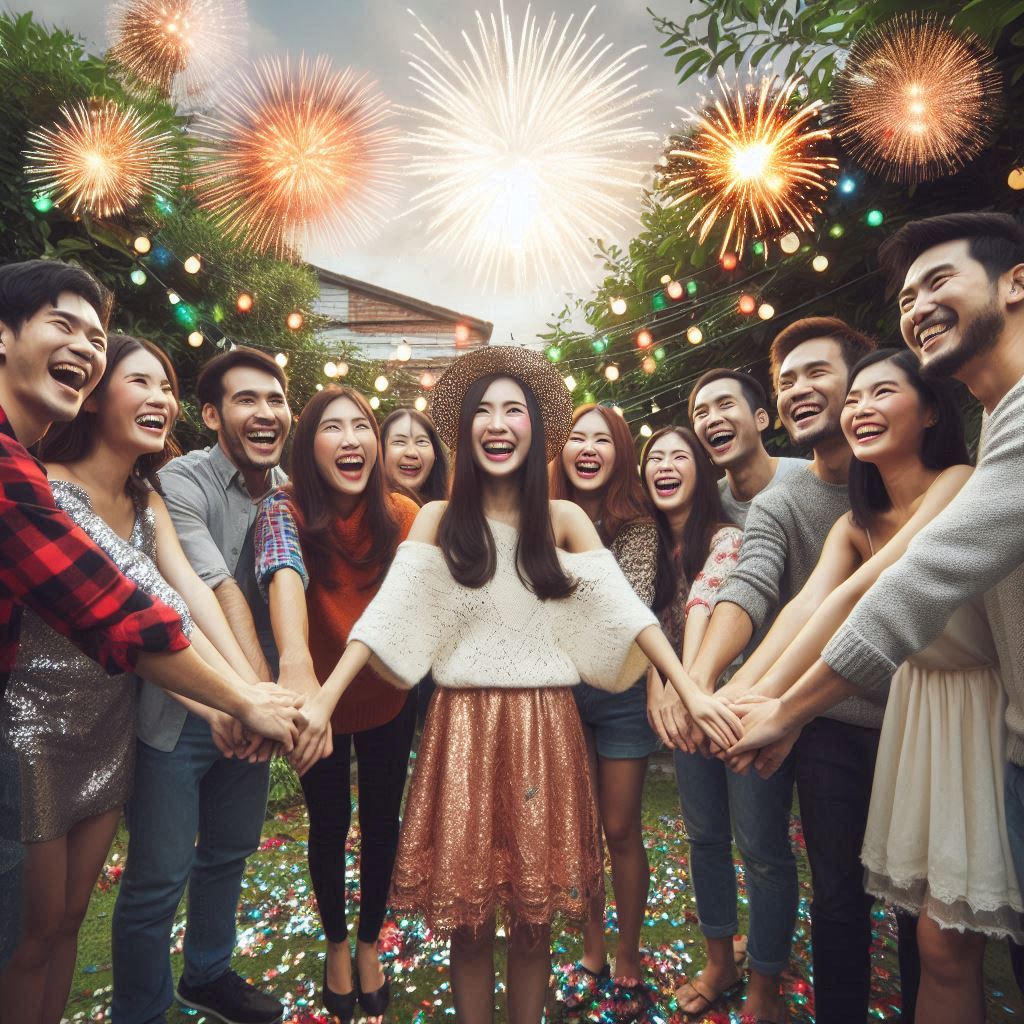
Public Life and Observances on New Year’s Day
New Year’s Day, observed on January 1, is often a public holiday in many places, providing an opportunity for rest and reflection.
A Day of Recovery
- For many, January 1 is a day to recover from the previous night’s celebrations. It is common for individuals to enjoy a leisurely morning, often indulging in traditional brunches or family meals.
- Some cities hold parades and sporting events on this day, with college football games being a popular tradition in the United States.
Government and Business Closures
- In the United States, New Year’s Day is recognized as a state holiday in several regions, leading to the closure of government offices and many businesses. Public transport may also operate on a limited schedule.
- Schools typically remain closed, allowing families to spend quality time together and participate in community events.
The Significance of New Year’s Day Symbols
New Year’s Day is often associated with various symbols that embody the spirit of renewal and hope.
Baby New Year
- A common symbol is “Baby New Year,” depicted as a young child representing the year ahead. This figure is often shown wearing a diaper and a sash with the upcoming year printed on it.
- The mythology surrounding Baby New Year suggests that he ages throughout the year, passing the torch to the next Baby New Year at the end of the cycle.
Fireworks and Midnight Clocks
- Fireworks displays are a hallmark of New Year celebrations, symbolizing the joy and excitement of new beginnings. Many cities host grand pyrotechnic shows that light up the night sky.
- Clocks striking midnight serve as a reminder of the passage of time, marking the transition from the old year to the new.
The Role of Religion in New Year Celebrations
For many, New Year’s celebrations hold religious significance, offering a time for reflection, prayer, and gratitude.
Religious Observances
- In various cultures, New Year’s Day is marked by special religious ceremonies. For instance, Rosh Hashanah is celebrated with prayers and rituals in the Jewish faith, while Hindus perform puja to honor their deities.
- In Japan, it is customary to visit Shinto shrines or Buddhist temples to pray for blessings in the coming year.
Community and Family Gatherings
- New Year celebrations often emphasize community and family bonds. Many individuals travel to be with loved ones, fostering a sense of togetherness and shared hope for the future.
- These gatherings often include sharing meals, exchanging gifts, and participating in traditional customs that strengthen familial and communal ties.
New Year Celebrations Around the World
As we explore New Year’s celebrations globally, it becomes evident that while the core theme of renewal remains constant, the ways in which people celebrate vary widely.
North America
- In the United States, New Year’s Eve is characterized by extravagant parties, fireworks, and the iconic ball drop in Times Square. New Year’s Day often features parades and college football games.
- In Canada, celebrations are similar, with major cities hosting fireworks and public events, while smaller communities may hold local festivities.
Europe
- European countries have their own unique traditions. In Spain, it is customary to eat twelve grapes at midnight, one for each stroke of the clock, symbolizing good luck for each month of the new year.
- In Scotland, Hogmanay is celebrated with street parties, music, and fireworks, culminating in the singing of “Auld Lang Syne.”
Asia
- The Lunar New Year, celebrated in countries such as China, Vietnam, and Korea, features colorful parades, traditional foods, and family reunions. Each culture incorporates its own customs, such as the giving of red envelopes in Chinese tradition.
- In India, various regions celebrate the new year at different times, with festivals like Diwali and Ugadi marking significant transitions in the calendar.
The Evolution of New Year Celebrations
As societies evolve, so too do the ways in which they celebrate the New Year. Modern celebrations often blend traditional customs with contemporary practices.
The Influence of Technology
- With the rise of social media, New Year celebrations have become more interconnected. People share their experiences, resolutions, and festivities online, creating a global community that transcends geographical boundaries.
- Virtual celebrations have also gained popularity, allowing individuals to connect with loved ones across distances, especially during challenging times.
Changing Attitudes and Practices
- Attitudes toward New Year celebrations have shifted, with many individuals focusing on personal growth and self-improvement. The tradition of making resolutions has become a way to set intentions for the year ahead.
- Environmental awareness has also influenced celebrations, leading to more sustainable practices, such as reducing waste during festivities and opting for eco-friendly decorations.
Conclusion: The Universal Spirit of New Year Celebrations
Examining the numerous ways in which people all around celebrate the New Year reveals how globally hopeful, renewal, and community this event embodies. Whether through big public events or intimate family get-togethers, the fundamental goal of New Year celebrations is the shared aspiration for a better future. As we welcome the new year, we are reminded of the need of connection, introspection, and the opportunity of fresh starts.
In the end, the celebration of New Year is a rich tapestry of customs and ceremonies mirroring the ideas and values of communities all around. As we keep using these several strategies, we respect the past and look forward the opportunities that lay ahead.
